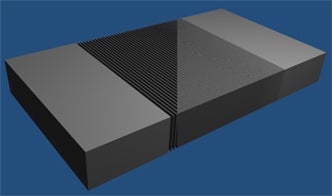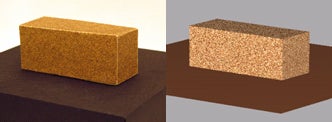Project description
The sense of touch is often overlooked in terms of how it can impact major decisions, like whether or not to buy that new gadget. Research has shown that as surface roughness increases, people tend to react more negatively, and that as people feel more negative, they tend to be more close-minded and less accepting of novel products.
But exactly how much 'roughness' is too rough? How do roughness and, say, hardness interact? And how much does product type impact that judgement?

Changing roughness: Can designers impact how much you like a product by altering its roughness?

Changing fidelity: How about by changing how real a product looks?
The emotion and touch in design research project being conducted at the Use-IT lab seeks to answer these questions and many others. A main part of this project involves developing a conceptual model of how the sense of touch relates to emotion and behaviour, as well as developing "rules of thumb" for designers as they lay down ideas not only for product skins, but also for packaging — which is actually the first thing that the consumer usually touches.
Simulating touch through visual experiences. What about the virtual experience of touch? Vision is the main sense when interacting with virtual worlds, but can vision be used to tap into tactile responses? Can the emotional experience of roughness and compliance be simulated?
Watch a video of a possible 'touch illusion'.
Research area keywords:
Emotional design
Affective engineering
Touch, tactile experience, tactition